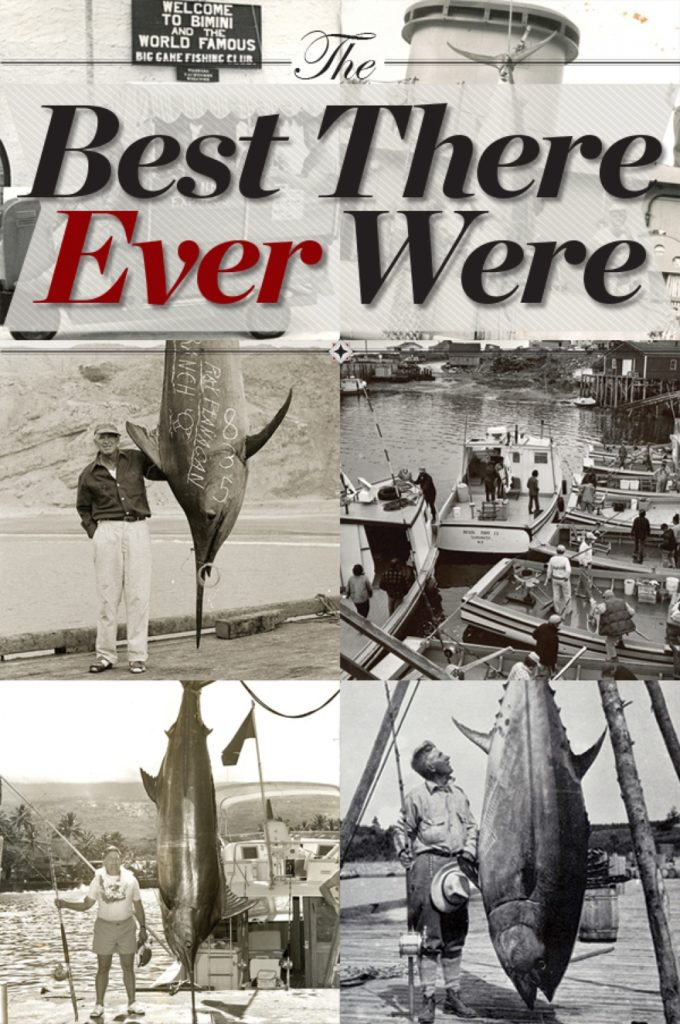
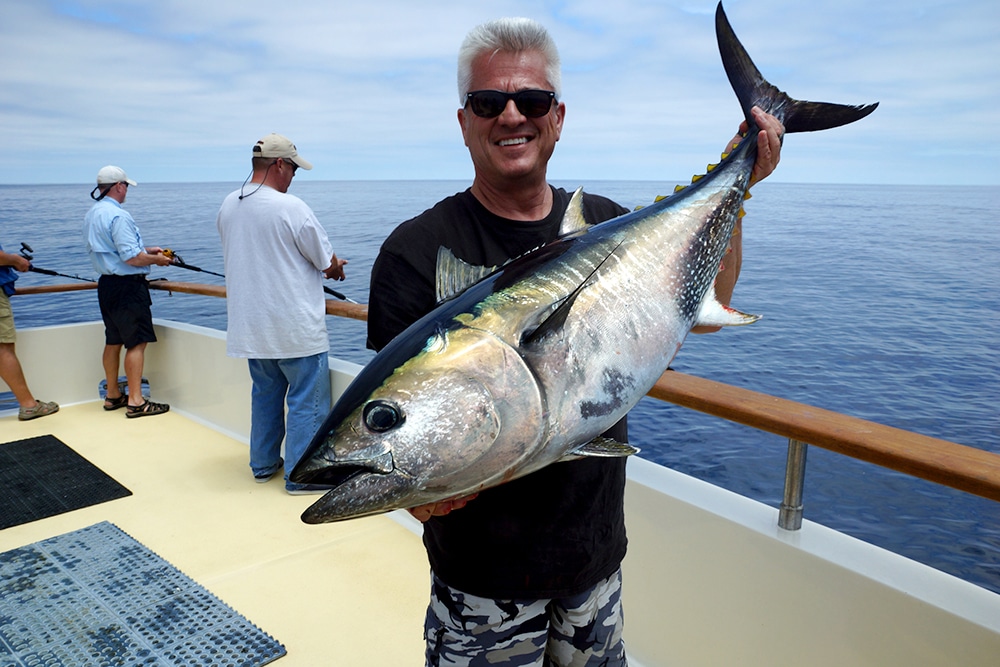
Bluefin Tuna
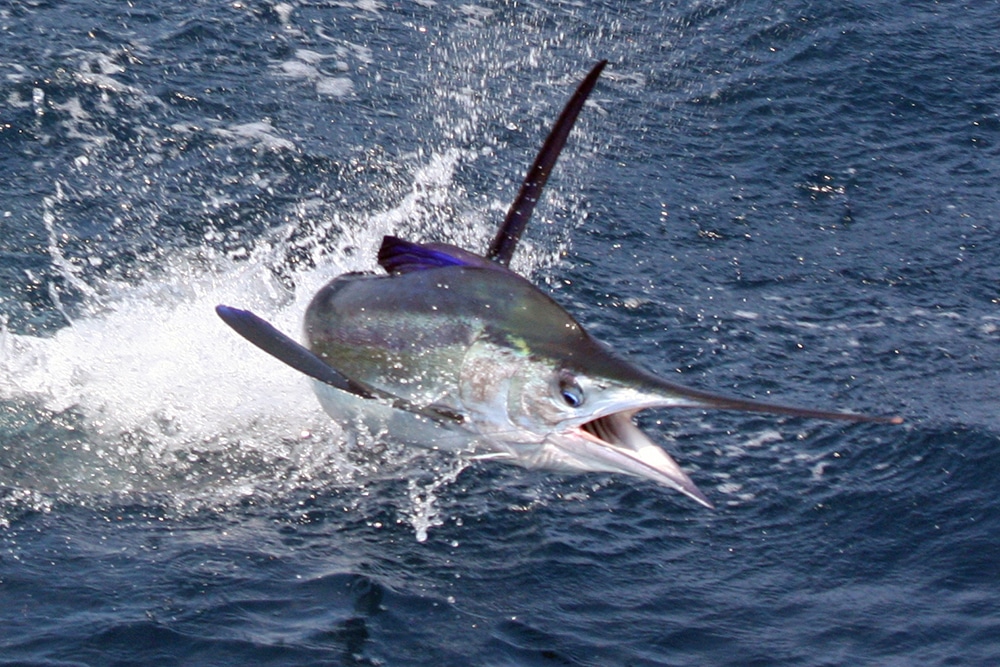
White Marlin
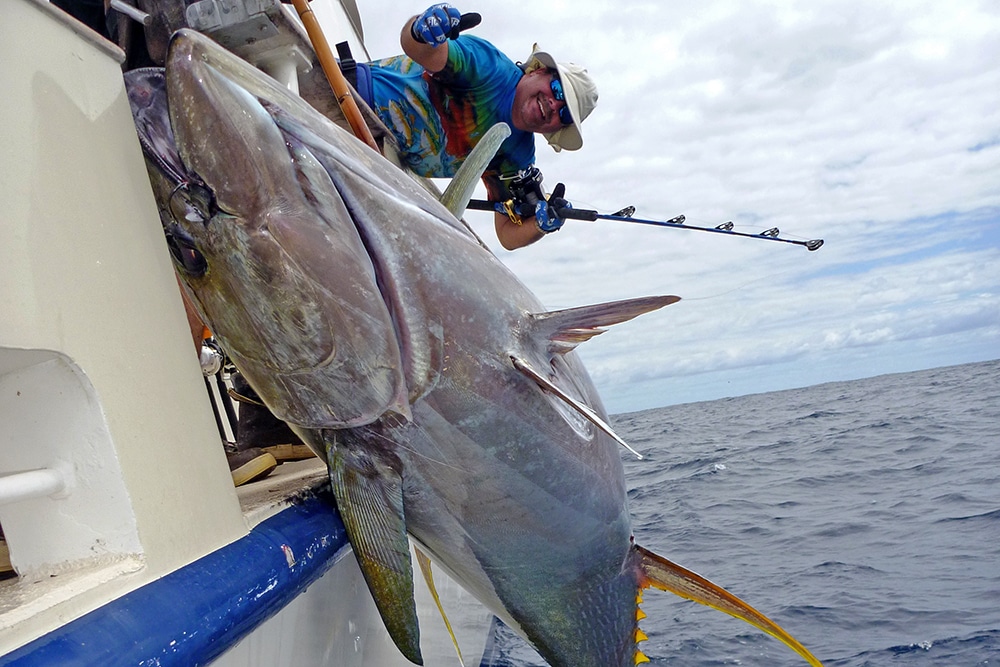
Yellowfin Tuna
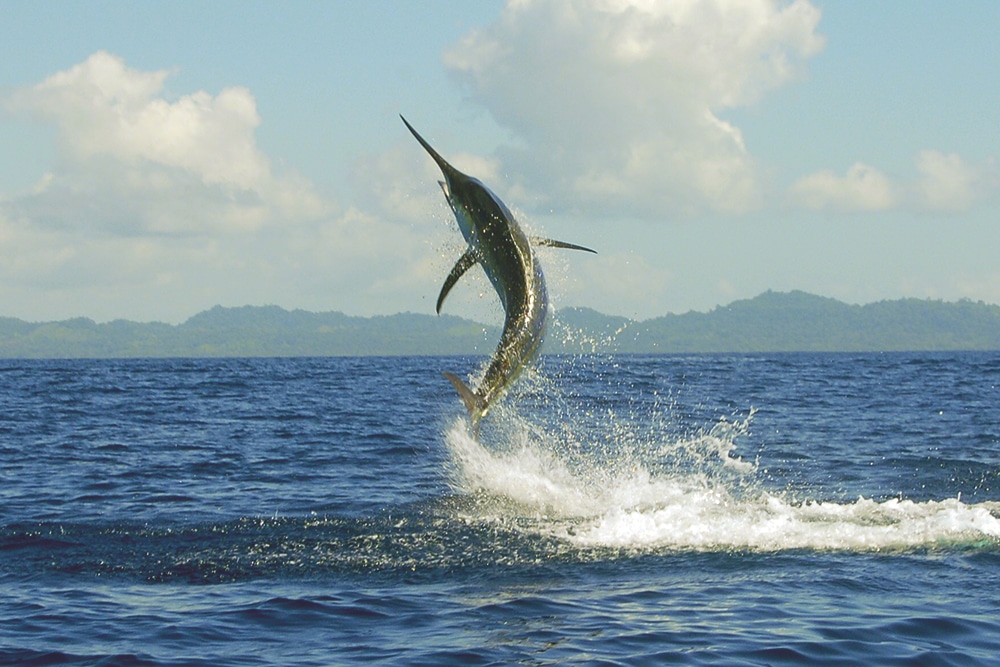
Blue Marlin
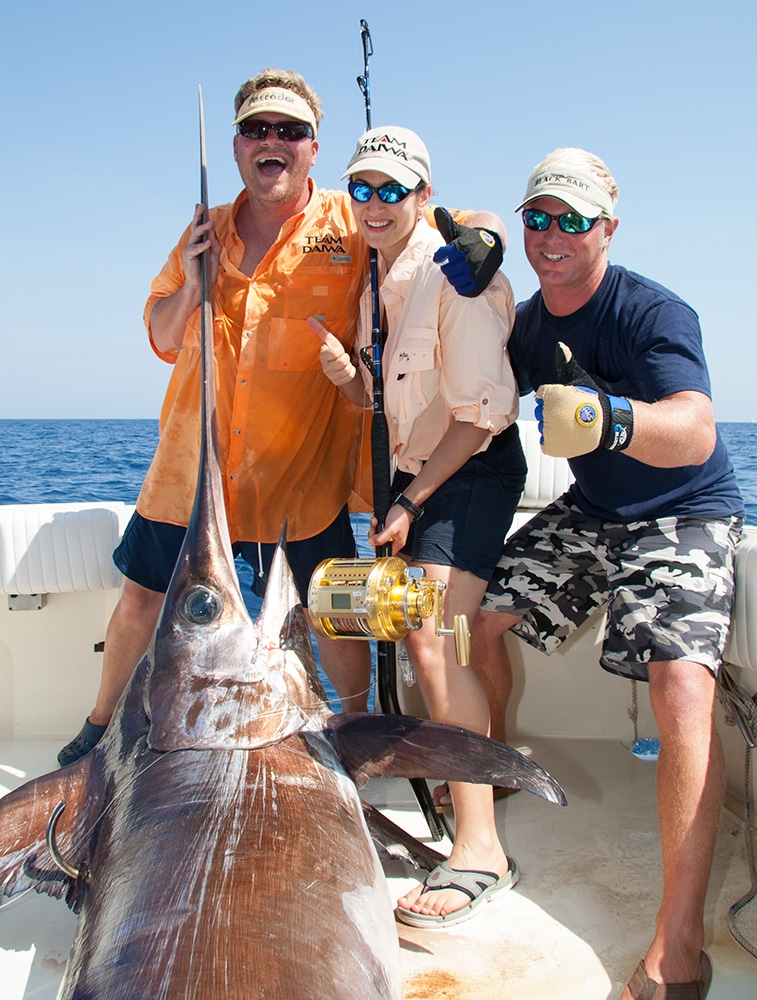






Many products featured on this site were editorially chosen. Sport Fishing may receive financial compensation for products purchased through this site.
Copyright © 2024 Sport Fishing Firecrown. All rights reserved. Reproduction in whole or in part without permission is prohibited.